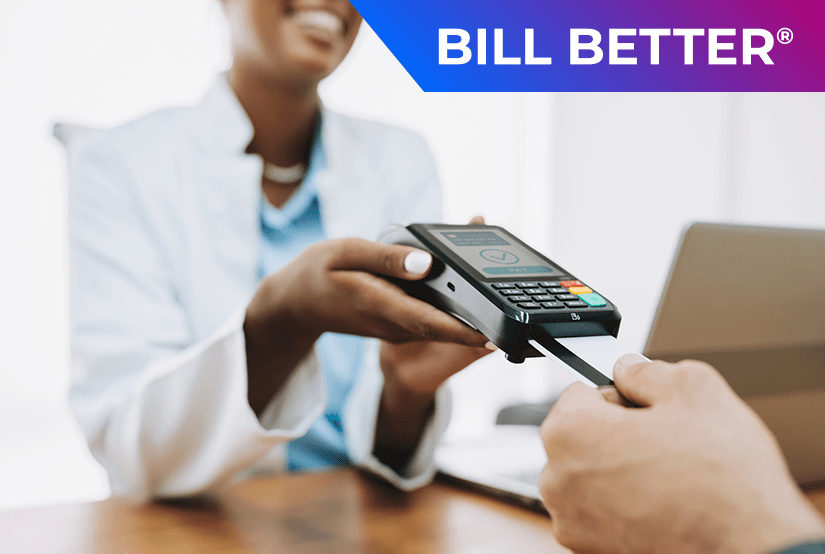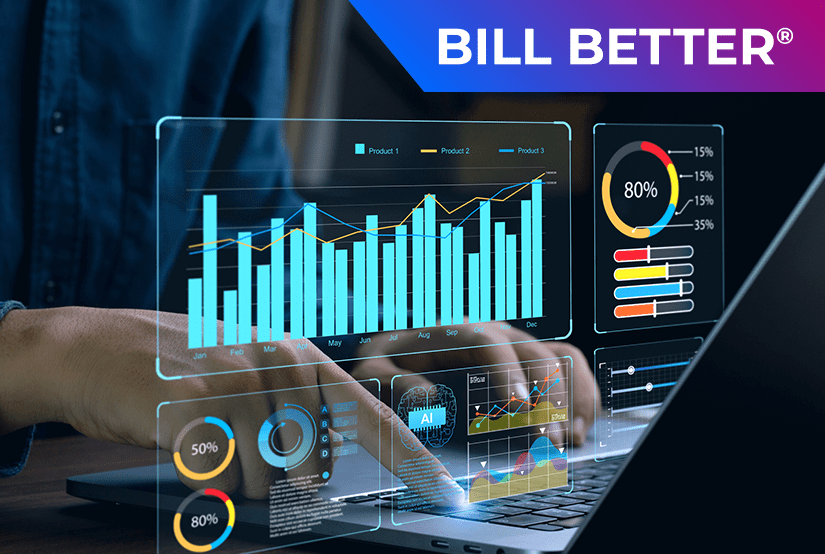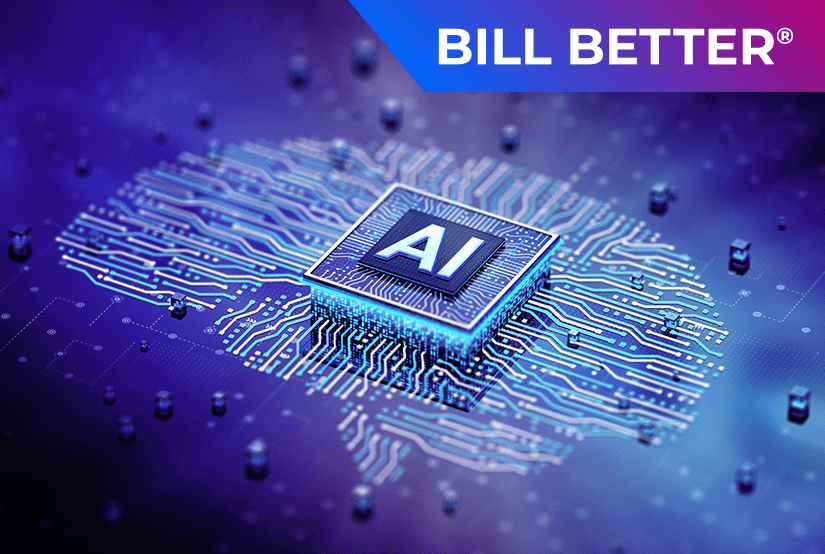IVR is Alive and Well for Millions of Consumers
We’ve all done it. We call spur of the moment for a quick check of our minute and data usage, to make a last-minute payment, or when we suddenly remember we forgot to pay last month’s bill. A majority of calls to billers are for these reasons. However, even though customers call, they don’t really want to talk to a human or waste time on hold. Customers just want to complete the task at hand and carry on with life. That’s where IVR comes in.
In an age when laptops and mobile phones are ubiquitous, interactive voice response (IVR) continues to play an important role in successful bill-pay programs. IVR enables billers to connect with customers to drive payments and improve customer satisfaction. Customers can receive real-time account information and billers can take payments 24/7. With a good IVR system, customers can pay their bill in two minutes or less and will remember this quick and efficient experience which did not require wi-fi access or additional screen time and allowed them to multi-task.
A Bigger Splash: Combining IVR with Outbound Notifications to Improve Payments
On its own, IVR is an effective bill-pay tool. Combined with outbound notifications, IVR is even more powerful. To prevent past due notices, customers can receive automated, scheduled, or one time payment reminders via email, text messages, and phone call. These proactive reminders have proven to be highly effective, reducing late payments by as much as 50% from the very first use. Customers appreciate them as well. After all, who wouldn’t prefer a reminder phone call to a late fee? Or worse, having service interrupted for nonpayment.
A PCI compliant, hosted IVR that includes both inbound IVR and outbound notifications maximizes benefits to billers. IVR adds value by:
- Alleviating the burden of expensive hardware and software
- Ensuring that security and compliance issues are met without your organization having to worry, knowing they are adhering to the latest data security standards
- Reducing call volume, freeing up staff to focus on complex customer service issues that require a personal touch
- Boosting customer service response without hiring additional staff — you’ll have the power to reach more customers via outbound notifications, while handling more calls and accepting payments faster through IVR
- Improving customer satisfaction, while reducing late payments
- Offering a bilingual voice payment option
- Providing a pci compliant method to take payments with live staff, work in a referral to secure service
Phone Payments Aren’t Going Away Anytime Soon
Even though IVR is one of the oldest automation technologies in the payment industry, usage of IVR experienced double digit growth last year. And according to J.D. Power, nearly 50% of customers will call to pay a bill at least once this year. In short, a modern and intuitive IVR solution can be one of your best bill collectors.
With the continued popularity of IVR and a segment of consumers for whom it is their primary or preferred method of paying their bills, it is an essential tool to offer to customers. As voice technology and payment tools evolve, so too does their efficiency. In 2022, billers are still seeing huge call volumes and increased call center demand. But luckily, omnichannel payment tools and innovations in automation by phone are stepping up to meet these growing demands.



